New TrailNation Collaborative Community to Escalate Trail Network Development Nationwide
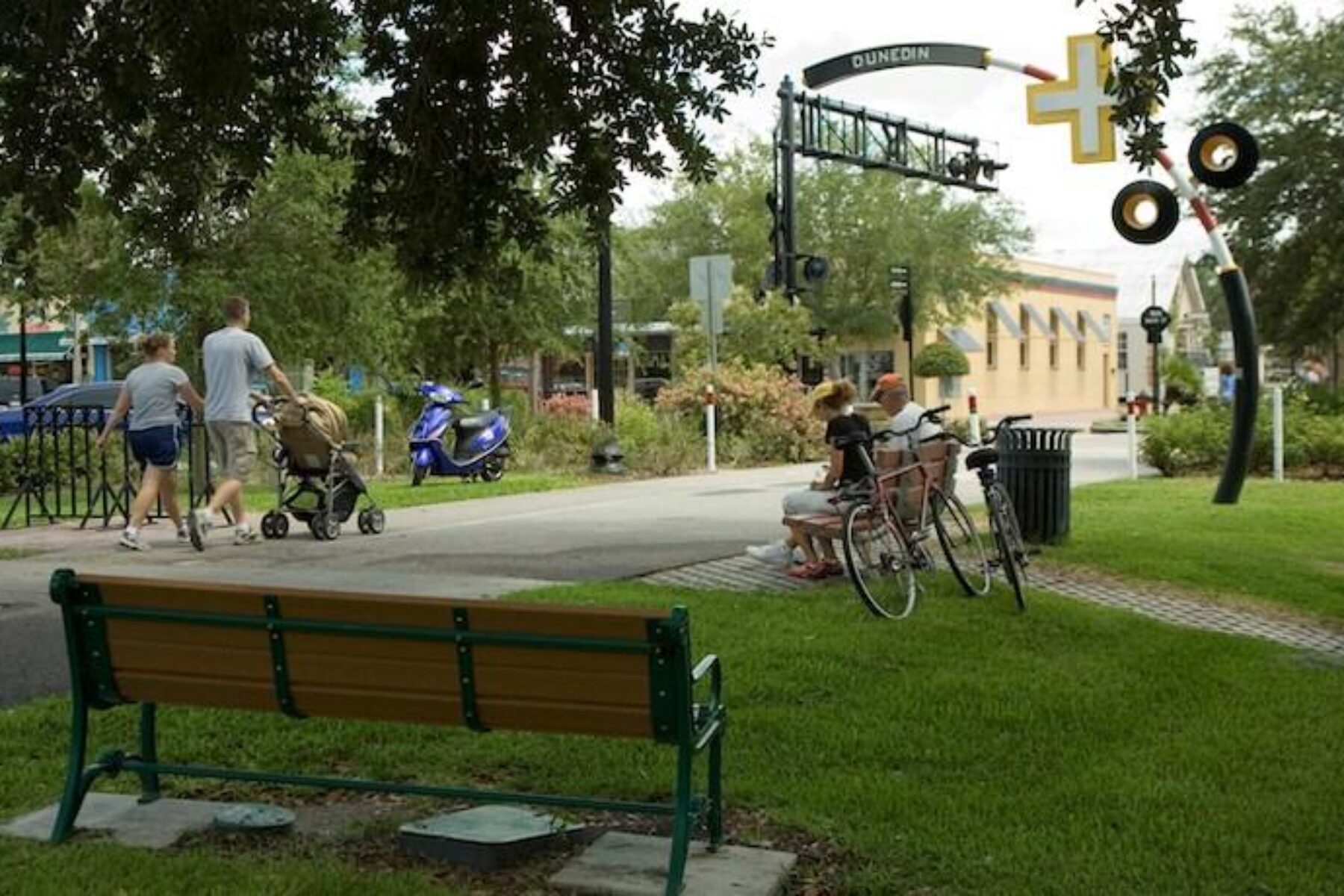
For decades, Rails-to-Trails Conservancy (RTC) has served as the leading advocacy voice for trails and the foremost champion of the power that connected trails deliver to people and places. Through the TrailNation™ initiative, comprising eight geographically diverse trail-network projects ranging from 35 miles to 2,600 miles, RTC is demonstrating what’s possible when trail networks are central to community design, and what it takes to get there.
Now, RTC is bringing together its expertise and network of thousands of partners nationwide to launch the TrailNation Collaborative—a learning community where advocates, public leaders and professionals can come together to share their experiences, their challenges and their strategies for accelerating the pace of connecting trails and active transportation infrastructure.
And the timing couldn’t be better amidst the growing demand for these networks that create safe spaces to walk, bike and be active outside, as well as unprecedented public funding opportunities at the federal, state and local levels.
Recently, the TrailBlog’s Heather Irish spoke with RTC’s new TrailNation Collaborative Lead, Mary Ellen Koontz, to find out more.
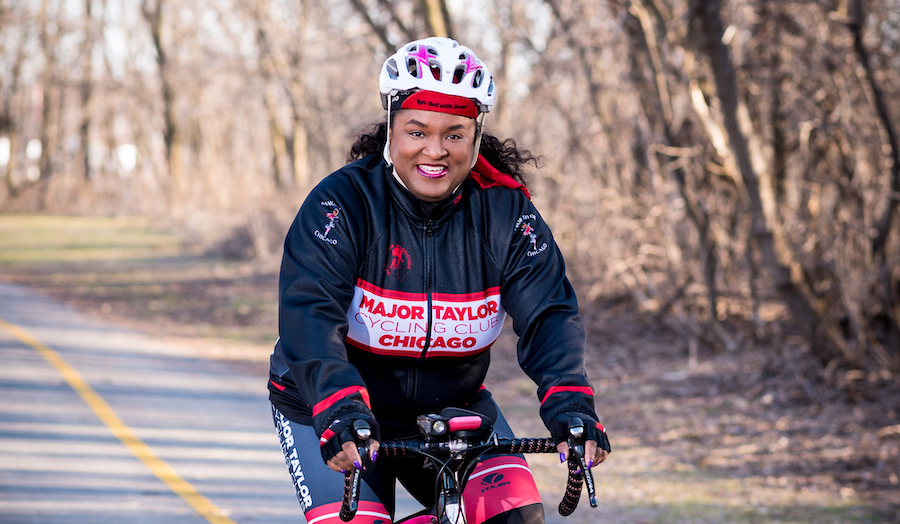
WHY I SUPPORT RTC:
“I support RTC because of its commitment to being a national voice for advocating for more walkable and bikeable trails across America, including in my community!”—Brenda Dixon, Illinois
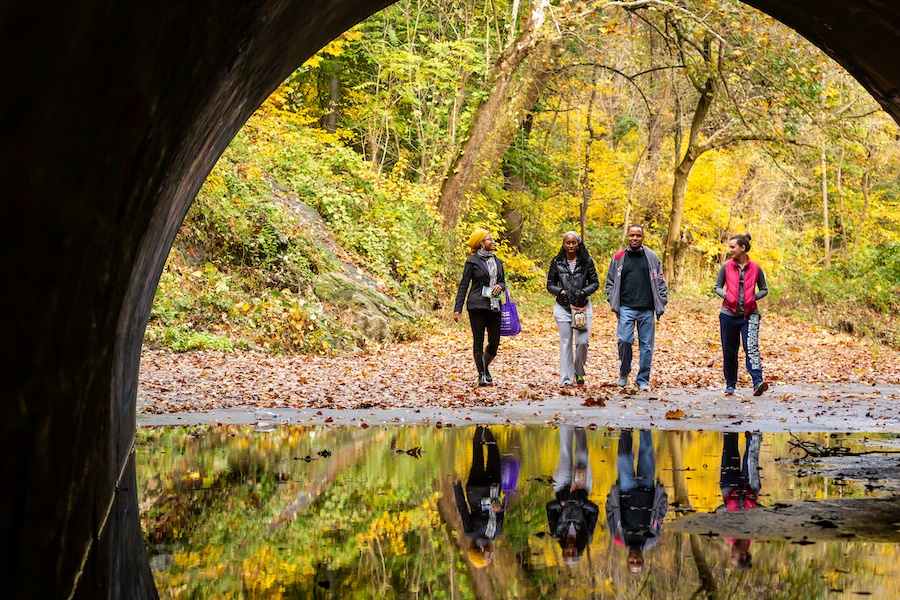
Heather: RTC has been championing trail network development for years—from advocating for billions of dollars in transformative funding for projects, to piloting projects that demonstrate their impact on communities and regions. Why are these trail networks so important to America?
Mary Ellen: We focus on trail network connectivity because of the transformative effects it has on communities and the benefits this infrastructure brings. What choices would you make in your community if you could travel to more destinations by trail? No traffic jams. Fresh air. An opportunity to connect with yourself, nature, and friends and family. That’s quality of life, and that’s what trail networks are.
Not only do trail networks create spaces for people to safely walk, bike and be active in their communities, separated from vehicle traffic, they’re catalysts for economic growth and business development. A recent RTC study found that America’s trail economy generates more than $34.1 billion annually. That’s a lot, but the potential—once the nation’s trail connections and active transportation routes are built out—is even greater and more significant at $138.5 billion each year.
There’s a real economic case for communities to build trail networks. A powerful example can be seen in the rise of trail towns along large trails like the Great Allegheny Passage (gaptrail.org) and the C&O Canal Trail that have benefited from consistent tourism supporting local businesses.
Also, in Council Bluffs, Iowa, the FIRST AVE rail-trail is being developed specifically to support the city in its continued efforts to be economically competitive. FIRST AVE is an acronym for Council Bluffs’ comprehensive approach to redeveloping this corridor: Furthering Interconnections, Revitalization, Streetscapes, Transportation, and Aesthetics for a Vibrant Economy.
Take a trail, and you’ll see how neighborhoods along the route benefit. But a system of connected trails that covers a region—that benefits all the communities throughout the area.
Related: New Federal Funding for Safe Walking and Biking Routes Could Help Meet Booming Demand
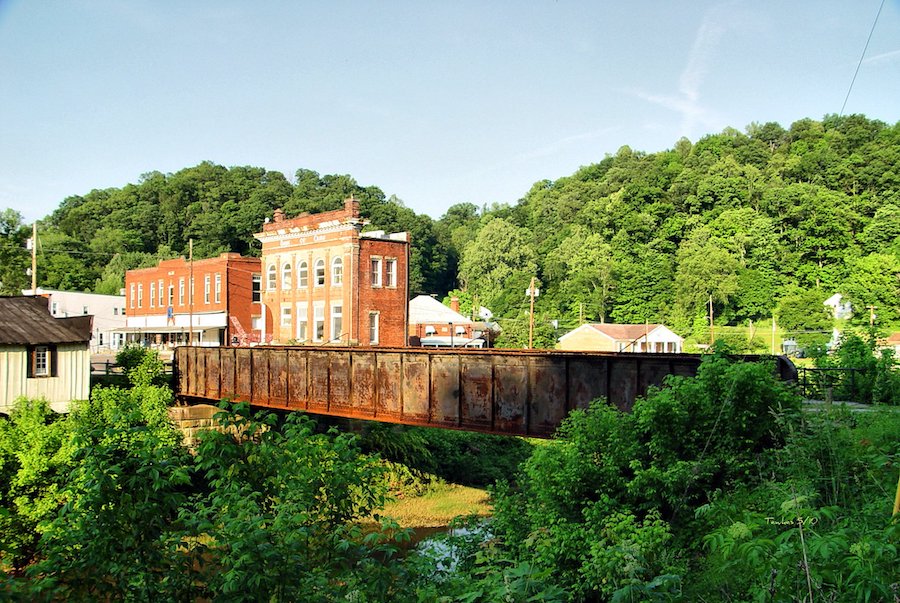
Heather: We’ve experienced firsthand the power of trail networks with RTC’s TrailNation initiative. What are some of the lessons RTC has learned, and how is this knowledge being put to use to bring trail networks to more places more quickly?
Mary Ellen: We’ve known the potential impact that active transportation infrastructure can deliver to America for decades. In 2005, we worked with the Federal Highway Administration and four communities around the country to demonstrate how investing in trail networks can encourage people to choose walking, biking and trails as transportation. After the investments, there was nearly a 50% increase in the number of bicycle trips and almost a quarter increase in walking across the four communities, as well as 85 million miles of driving averted.
What we learned solidified our perspective that connecting trails to each other, and to other walking and biking structures like protected bike lanes and sidewalks, could change how people get around in their neighborhoods and beyond. We took that knowledge and moved the dial even further when we developed our TrailNation program 10 years ago—which has enabled us to connect millions more people by trail.
Through TrailNation, we’ve learned so much about what it takes to bring trail networks to life, and we’ve established powerful coalitions that demonstrate the impact of collaboration in advancing significant infrastructure projects. We want to put that knowledge, those partnerships and all our shared experiences to work. That’s why we’re launching this new learning community, the TrailNation Collaborative, so we can connect trails more quickly and unlock the transformative power of trail networks for the entire country.
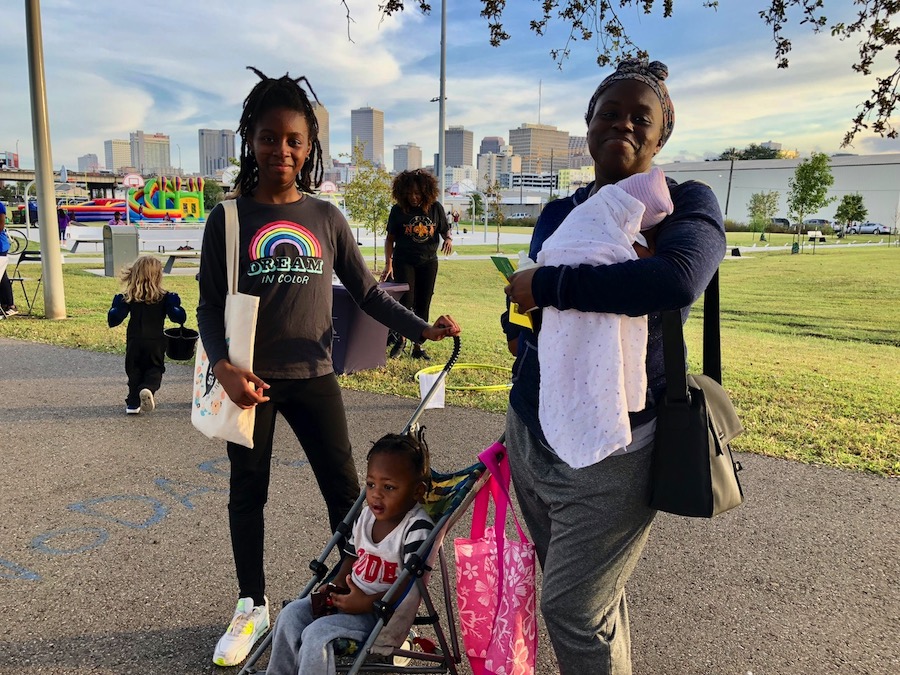
Heather: There’s been a lot of excitement about trail networks within the trail and active transportation sectors for the last few years. Before we learn more about the exciting new collaborative, can you share some of the biggest opportunities for trail networks in 2023?
Mary Ellen: It’s truly an exciting time for trails. There’s been a growing demand and understanding of the impact of connected trail systems from local leaders. Trails were massively popular destinations during the pandemic, and that new energy surrounding trails and the importance of safely walking, biking and being active outside has grown among newer audiences.
Thanks to RTC’s longstanding advocacy, we now have a once-in-a-generation influx of federal funds that states can access yearly so communities and regions can develop, connect and maintain these vital systems. This is a huge opportunity for trail networks to access critical funds and more quickly advance their network plans.
The funding and demand are both here for this infrastructure. That’s where the TrailNation Collaborative comes in.
Related: No Car, No Problem: Connecting Car-less Americans to Opportunities
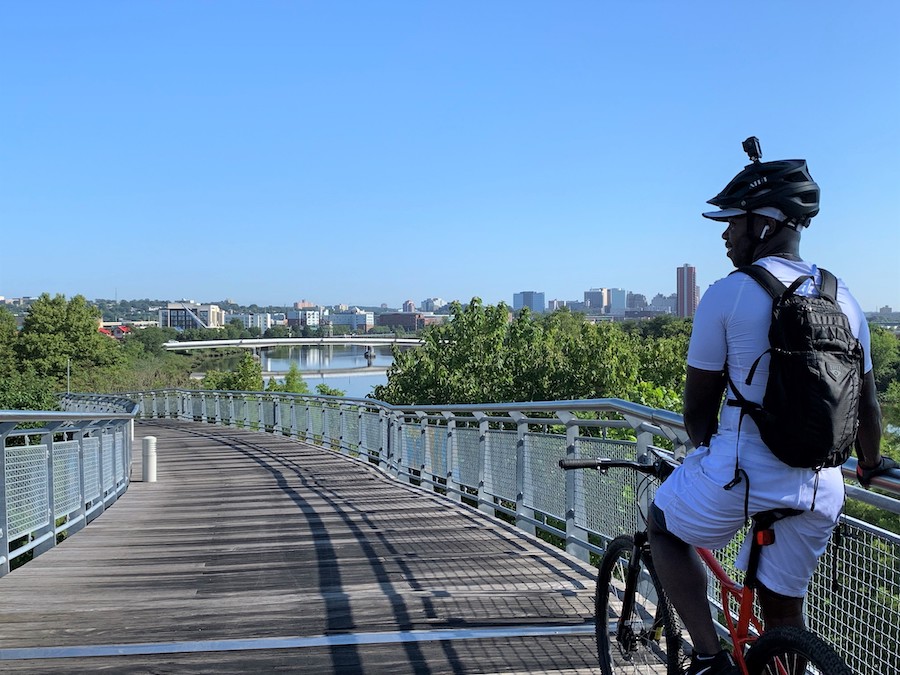
Heather: What are some of the biggest challenges facing trail professionals, advocates and public leaders when it comes to trail networks?
Mary Ellen: The biggest challenge for folks and communities working on trails is capacity. Many trail planners and the agencies they work for lack the time and resources to deploy trail networks at the speed needed to meet the demand for this infrastructure.
That’s a reason we think the TrailNation Collaborative can be so impactful; at RTC, we have the practical knowledge and connections across the country to help support the complex processes of creating connected trail networks. The collaborative will take the guess work out of building trail networks and give busy planners tested methods and guidance.
At the same time, the collaborative is designed to create community between trail planners, advocates and public leaders. We’ll learn from each other and channel our energy in ways that support the larger vision. Working together, we’ll be able to unify the movement.
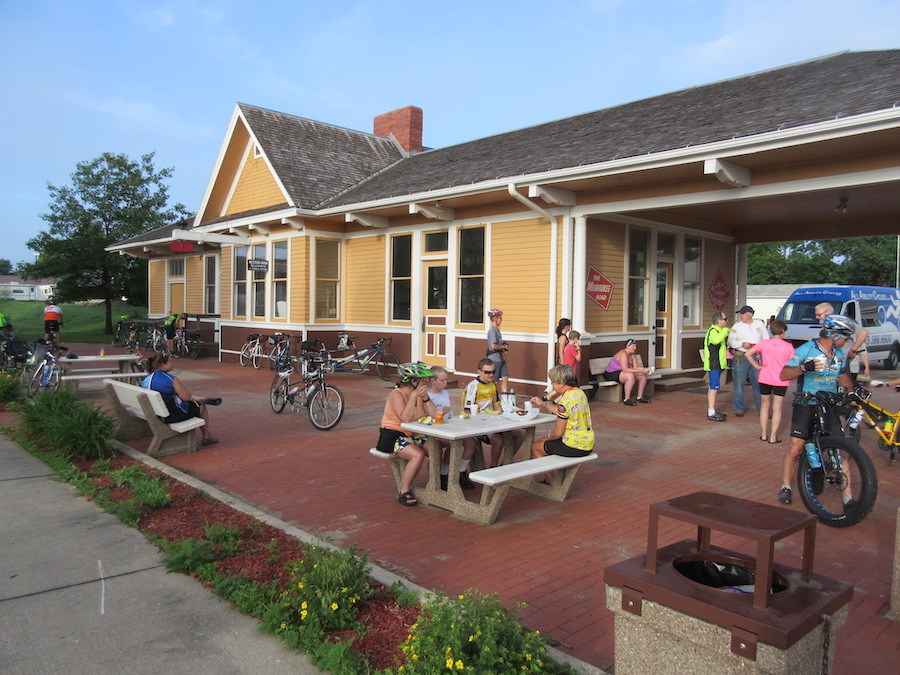
Heather: Now that we understand the current landscape and the exciting opportunities ahead, let’s dive into the collaborative. What does RTC want to achieve through this initiative?
Mary Ellen: RTC has developed deep expertise in how to take a trail network from vision to reality—from defining and articulating that vision, to building the coalitions and community engagement needed for them to thrive, to creating the mapping and funding strategies necessary for success. We’ve also built a community of thousands of people across America working to build and maintain trails, many of whom are already tackling trail network development or are ready to go there. The collaborative will harness that expertise and energy to create trail networks across the United States, expanding the power of these systems nationwide.
Related: Here Are Six Reasons Rails-to-Trails Is Celebrating This Year
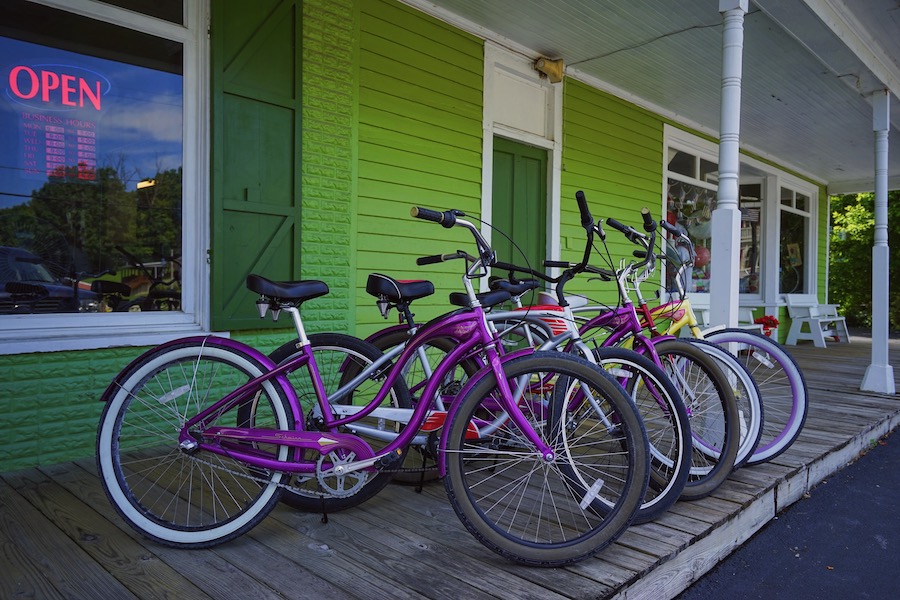
Heather: For people interested in the TrailNation Collaborative, how do they join, and what are some of the benefits of this nationwide movement?
Mary Ellen: The TrailNation Collaborative is free and open to all, and is well suited for professionals and advocates who are interested in working or collaborating within the trail and active transportation community. We are especially interested in bringing in professionals from related sectors, such as health equity, economic development and tourism.
Members of the collaborative will have access to resources that can help accelerate the development of connected trails and communicate to decision-makers what makes them such essential infrastructure. We’re expanding RTC’s existing peer-to-peer opportunities and showcasing best practices from around the country through increased webinar offerings. We’re also excited to hit the trail, connecting with trail planners, public leaders and advocates at events across the country and in their own communities. We hope to really elevate and amplify the urgency surrounding this once-in-a-generation opportunity and unlock billions of dollars to connect the nation’s trail and active transportation networks.
Join Us in the TrailNation Collaborative
Join the TrailNation Collaborative, a nationwide peer learning community where public leaders, advocates and professionals come together to share their experiences, challenges and strategies to accelerate the pace of trail network development across the country.
The group is free to all and provides proven tools, methods and resources, including the TrailNation Playbook. The Playbook is an ever-growing compendium of best practices, tools and resources to leverage the lessons learned from building trail networks across the country.
As a member, you will receive invitations to join live webinars as part the TrailNation Playbook Dialogue series, in-person events and monthly virtual discussion groups on critical topics. And you’ll be the first to know when online technical assistance is available.

Donate
Everyone deserves access to safe ways to walk, bike, and be active outdoors.